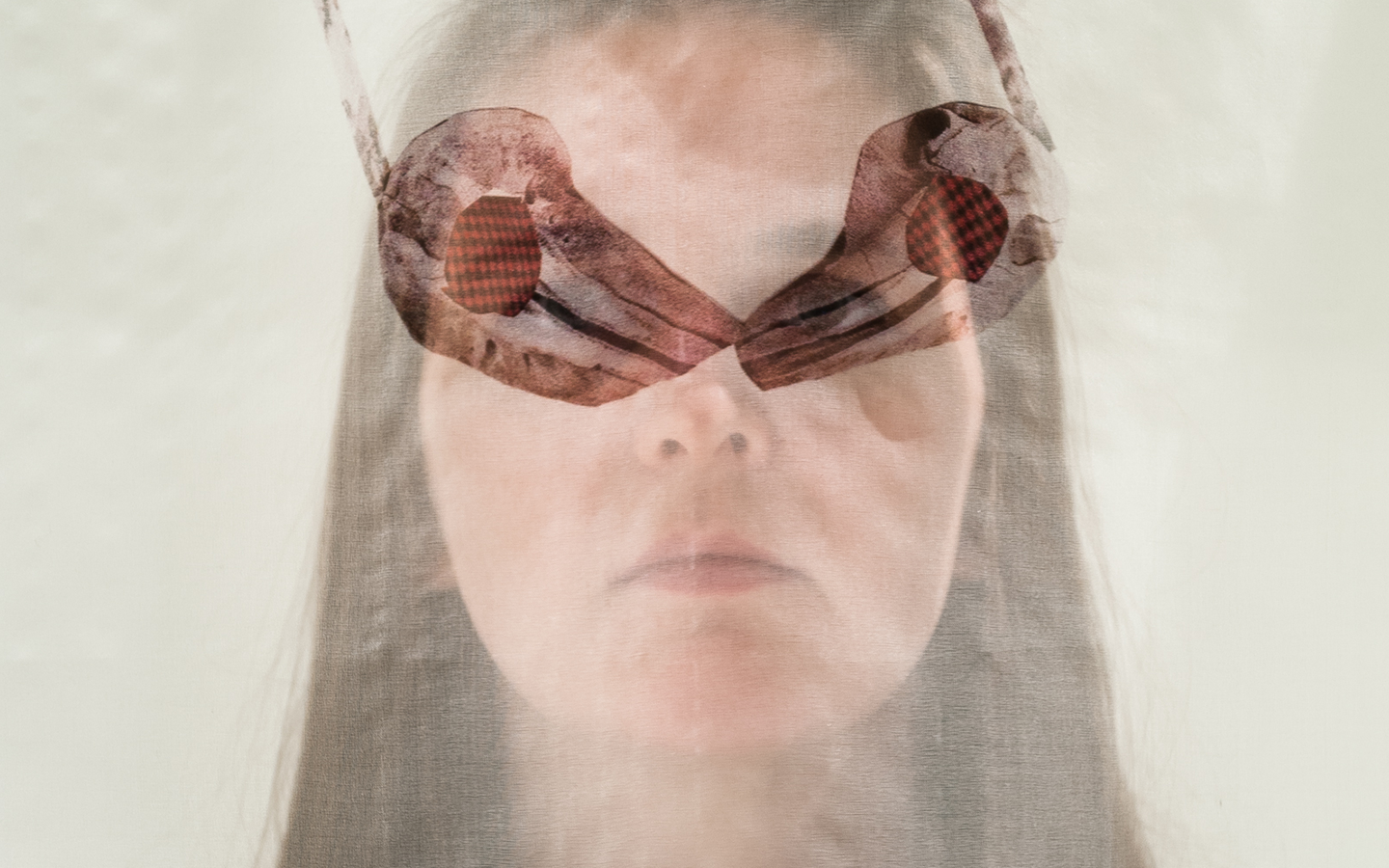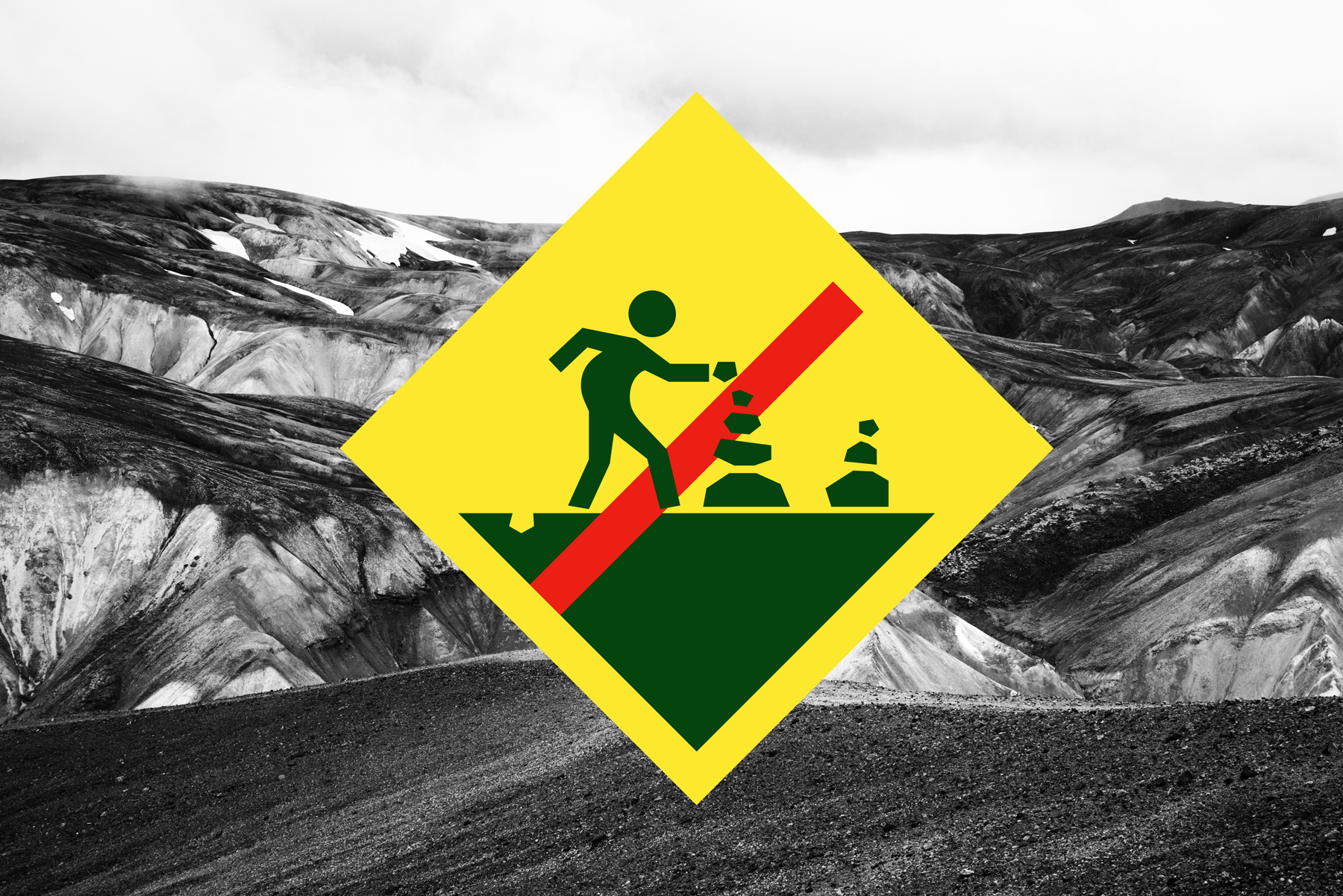From overseas — Architect Dagur Eggertsson
HApeers into the live of architect Dagur Eggertsson, at Rintala Eggertsson Architects in Olso, Norway. “I moved to Norway in 1986 to study architecture at the Oslo School of Architecture. I planned to live there for three years, but I’m still here now, 30 years later. In 1995, I moved to Finland to do my master’s. That’s where I met my closest collaborator, Sami Rintala, who sat across from me in class. It’s really quite incredible, as I sat across from Vibeke Jenssen when I was studying in Norway, and she went on to become my wife. I guess people should really think twice before sitting across from me. After completing the two-year master’s program, I returned to Norway to work as an architect with my wife amongst others. Five years later, my friend Sami called me to say that he was moving to Norway. At first, Sami and I would just meet up to play football and solve the problems of the world over beer. Then, we started advising each other on various projects, …









